Try GOLD - Free
Making a Roman Emperor
Archaeology
|July/August 2024
A newly discovered monumental arch in Serbia reveals a family's rise to power in the late second century A.D.

IN THE EARLY SECOND century A.D., with the Roman emperor Trajan's conquests of Dacia, in what is now Romania, and Parthia, in modern Iran, the Roman Empire reached its greatest extent. Trajan was born in Spain, the first emperor to have been born outside Italy. His adopted successor, Hadrian, shored up border defenses in northern Britain by constructing a 73-mile-long wall. For much of his reign, Hadrian traveled throughout the vast empire. One of the important provincial centers he visited, twice, was the city of Viminacium, in what is now eastern Serbia.
Situated where the Mlava River flows into the Danube, Viminacium was established as a legionary fortress along the empire's northern border by the Legio VII Claudia, or Seventh Claudian Legion, which was stationed there beginning in the mid-first century A.D. At its height in the first and second centuries A.D., the legion boasted some 5,000 to 6,000 soldiers. "The legionary fortresses in the province of Moesia at Singidunum and Viminacium flanked the open Pannonian Plain, facing the threat of barbarian tribes just across the border," says archaeologist Nemanja Mrdić of Serbia's Institute of Archaeology. "Viminacium occupies the last flat area before you enter the mountains to the east."

This story is from the July/August 2024 edition of Archaeology.
Subscribe to Magzter GOLD to access thousands of curated premium stories, and 10,000+ magazines and newspapers.
Already a subscriber? Sign In
MORE STORIES FROM Archaeology
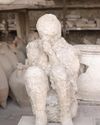
Archaeology
LEGEND OF THE CRYSTAL BRAIN
When most people envision the victims of the eruption of Mount Vesuvius in A.D. 79 that destroyed the cities of Pompeii and Herculaneum, they think of the casts of their bodies made by pouring plaster into voids left by their decaying corpses. Yet not all the physical remains of those who perished in the cataclysm decayed. In one case, a remarkable transformation occurred—a man’s brain turned to glass.
3 mins
July/August 2025
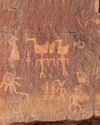
Archaeology
Birds of a Feather
Intriguing rock art in the Four Corners reveals how the Basketmaker people drew inspiration from ducks 1,500 years ago
8 mins
July/August 2025
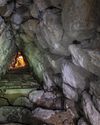
Archaeology
THE HOME OF THE WEATHER GOD
In northern Anatolia, archaeologists have discovered the source of Hittite royal power
13 mins
July/August 2025
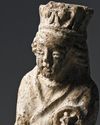
Archaeology
SAINTS ALIVE
Since 2019, archaeologists have been excavating in Berlin's oldest square, known as the Molkenmarkt, or Whey Market.
1 min
July/August 2025
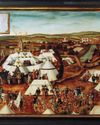
Archaeology
SOLDIERS OF ILL FORTUNE
The Schmalkaldic War, which began in 1546 and lasted less than a year, pitted the forces of the Holy Roman emperor Charles V (reigned 1519-1556) against the Schmalkaldic League, a Protestant alliance formed by German principalities and cities within the empire.
1 mins
July/August 2025
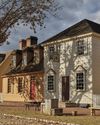
Archaeology
A NEW LOOK AT AN OLD CITY
Archaeologists are reconstructing the complicated 400-year history of Virginia's colonial capital
13 mins
July/August 2025
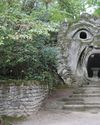
Archaeology
ITALY'S GARDEN OF MONSTERS
Why did a Renaissance duke fill his wooded park with gargantuan stone
10 mins
July/August 2025
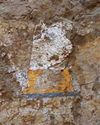
Archaeology
In Search of Lost Pharaohs
Anubis Mountain conceals the tombs of an obscure Egyptian dynasty
3 mins
July/August 2025
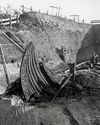
Archaeology
Setting Sail for Valhalla
Vikings staged elaborate spectacles to usher their rulers into the afterlife
15 mins
July/August 2025
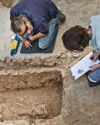
Archaeology
BOUND FOR HEAVEN
During excavations of a Byzantine monastery in 2017 just north of Jerusalem's Old City, a team led by Israel Antiquities Authority archaeologists Zubair 'Adawi and Kfir Arbiv discovered an unusual burial in a crypt beneath the altar of the complex's church.
1 mins
July/August 2025
Listen
Translate
Change font size
